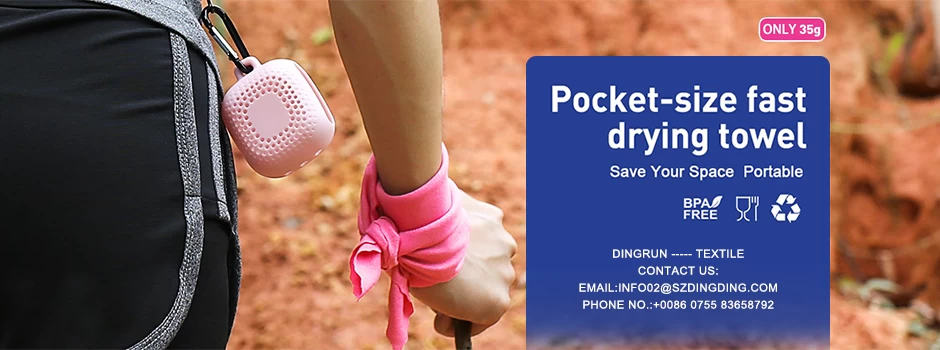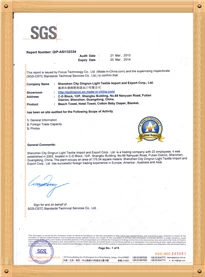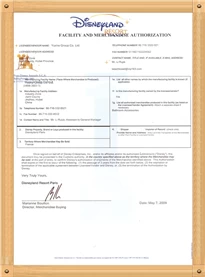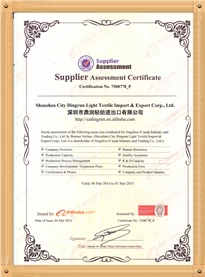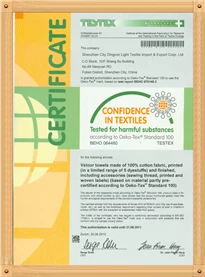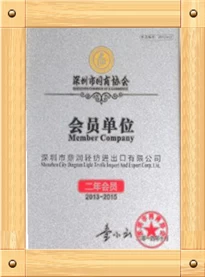Film turns lens on post-COVID Wuhan
Leon Li
2020-07-02 17:36:23
A documentary, Long Time No See, Wuhan, telling the stories of 10 families in the Chinese city hit hardest by the COVID-19 pandemic, was viewed more than 25 million times during its first 24 hours online in late June.
The film was directed by Takeuchi Ryo, a Japanese who has lived in Nanjing, Jiangsu province, for seven years.
From a front-line nurse who tried to encourage patients by dancing and singing with them, to a restaurant owner striving to keep his establishment open, the people in the documentary have all suffered in their own way. Yet, as the film progresses, the audience finds that a basic thread of resilience binds them together.
One crew member said she was impressed by people's optimism in the city. After watching an older man swimming across the Yangtze River, she said she is determined to show more people all the good things happening in the city and recommend a visit to Wuhan to her friends.
In one scene, Takeuchi is astonished by the manpower brought to bear to build Leishenshan hospital-more than 7,000 workers. Pushing the limits of human endurance and engineering skill, they threw up a temporary medical facility for coronavirus patients in only 10 days.
Li Jie, one of the interviewees, had been one of the construction workers. He said he appreciated the extra money he earned, but it was his passion to be part of the remarkable project that kept him going.
"During the busiest time, I stayed up three nights and four days," said Li, who had initially thought it was an impossible mission. He had not counted on the spirit, creativity, energy and unity that would bring it to pass.
"After the pandemic, many of us had a different mindset," he said. "I realized that earning a lot of money means nothing. Being alive is the most important thing."
One comment on the documentary salutes the people of Wuhan: "Living like the people of Wuhan is the most honorable way to say goodbye to our dead."
"I thought people would be impatient watching an hourlong documentary; however, after I uploaded it to major online video platforms in China, there were too many comments to write replies," Takeuchi said.
On May 15, Takeuchi called for volunteers living in the city to share their experiences after the outbreak on China's Twitter-like Sina Weibo network. After preparing for two weeks, he arrived in Wuhan, capital of Hubei province, with his team to interview 10 selected families.
On June 1, after spending a few hours on a bullet train, the team arrived in Wuhan. Trying to avoid preconceived notions, they immediately started to film.
"I thought people would still be nervous after experiencing such a big incident, but at night, when we were out for a late snack, we found many people were there and eating happily together, and I was finally convinced the city was safe," he said.
Though Wuhan's situation has improved, Takeuchi still saw the lingering impact. The first words of the first man he interviewed were, "Don't worry, I had a negative nucleic acid test."
As shooting progressed, Takeuchi found the interviews going smoothly. Many people wanted to assist or drive them around for free, and the hotel offered the group rooms at its lowest price.
"I have shared my feelings on weibo that I like this city more every day," Takeuchi said, adding that during the shoot, he found many people they met were happy and the city is healing.
Takeuchi has made two documentaries about Nanjing's fight against the pandemic and how the city is reviving. Both went viral in Japan.
"I saw some reports smearing or lying about China. I hope the media and people from other countries see China's efforts in containing the epidemic from an objective perspective," he said.
The film was directed by Takeuchi Ryo, a Japanese who has lived in Nanjing, Jiangsu province, for seven years.
From a front-line nurse who tried to encourage patients by dancing and singing with them, to a restaurant owner striving to keep his establishment open, the people in the documentary have all suffered in their own way. Yet, as the film progresses, the audience finds that a basic thread of resilience binds them together.
One crew member said she was impressed by people's optimism in the city. After watching an older man swimming across the Yangtze River, she said she is determined to show more people all the good things happening in the city and recommend a visit to Wuhan to her friends.
In one scene, Takeuchi is astonished by the manpower brought to bear to build Leishenshan hospital-more than 7,000 workers. Pushing the limits of human endurance and engineering skill, they threw up a temporary medical facility for coronavirus patients in only 10 days.
Li Jie, one of the interviewees, had been one of the construction workers. He said he appreciated the extra money he earned, but it was his passion to be part of the remarkable project that kept him going.
"During the busiest time, I stayed up three nights and four days," said Li, who had initially thought it was an impossible mission. He had not counted on the spirit, creativity, energy and unity that would bring it to pass.
"After the pandemic, many of us had a different mindset," he said. "I realized that earning a lot of money means nothing. Being alive is the most important thing."
One comment on the documentary salutes the people of Wuhan: "Living like the people of Wuhan is the most honorable way to say goodbye to our dead."
"I thought people would be impatient watching an hourlong documentary; however, after I uploaded it to major online video platforms in China, there were too many comments to write replies," Takeuchi said.
On May 15, Takeuchi called for volunteers living in the city to share their experiences after the outbreak on China's Twitter-like Sina Weibo network. After preparing for two weeks, he arrived in Wuhan, capital of Hubei province, with his team to interview 10 selected families.
On June 1, after spending a few hours on a bullet train, the team arrived in Wuhan. Trying to avoid preconceived notions, they immediately started to film.
"I thought people would still be nervous after experiencing such a big incident, but at night, when we were out for a late snack, we found many people were there and eating happily together, and I was finally convinced the city was safe," he said.
Though Wuhan's situation has improved, Takeuchi still saw the lingering impact. The first words of the first man he interviewed were, "Don't worry, I had a negative nucleic acid test."
As shooting progressed, Takeuchi found the interviews going smoothly. Many people wanted to assist or drive them around for free, and the hotel offered the group rooms at its lowest price.
"I have shared my feelings on weibo that I like this city more every day," Takeuchi said, adding that during the shoot, he found many people they met were happy and the city is healing.
Takeuchi has made two documentaries about Nanjing's fight against the pandemic and how the city is reviving. Both went viral in Japan.
"I saw some reports smearing or lying about China. I hope the media and people from other countries see China's efforts in containing the epidemic from an objective perspective," he said.
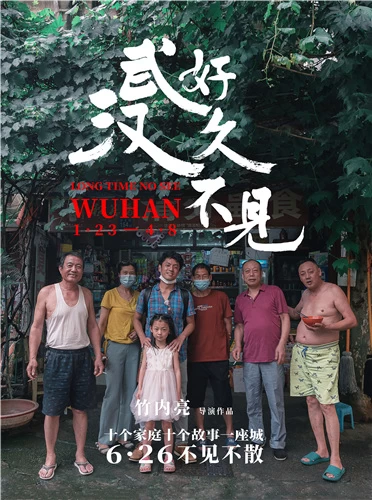
The above news was excerpted from china daily by China towel supplier Shenzhen City Dingrun Light Textile Import and Export Corp.Ltd, a company specialized in producing baby diapers, baby bibs, beach towel, blankets, bath towels, tea towels, compressed towels, microfiber towels etc.











